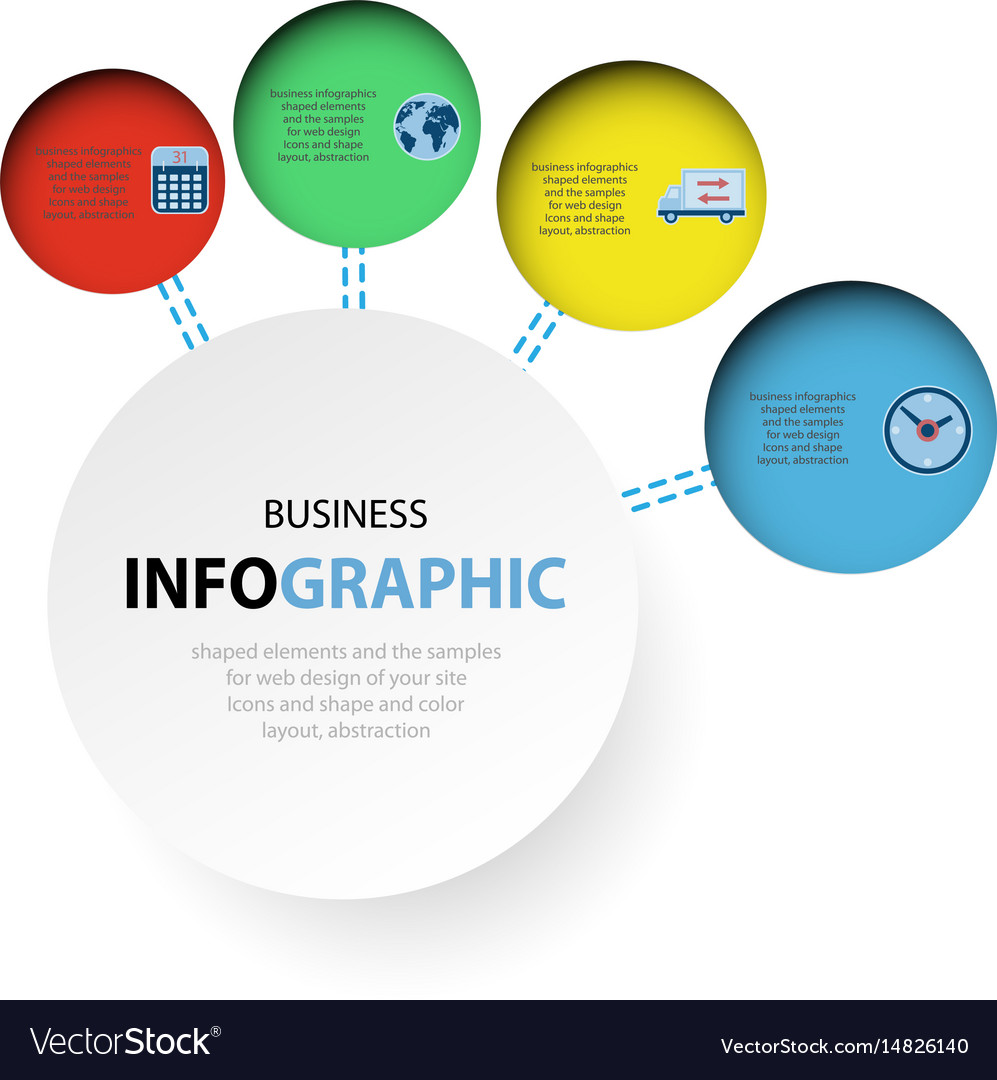Fascinated In Finding Out Just How Internet Site Layout Has Altered For Many Years? Discover The Development From Basic, Simple Layouts To User-Centered Methods That Focus On The Needs And Preferences Of On-Line Site Visitors
Fascinated In Finding Out Just How Internet Site Layout Has Altered For Many Years? Discover The Development From Basic, Simple Layouts To User-Centered Methods That Focus On The Needs And Preferences Of On-Line Site Visitors
Blog Article
Author-Lamb Vangsgaard
In the past, web sites were straightforward and focused on info. Navigation was direct, and layout was for desktops. Currently, customer experience is crucial. Information guides styles for simple navigating. Receptive designs fit various gadgets. Today, dark mode decreases pressure, and minimal menus enhance navigating. Interactive features involve customers, and vibrant visuals stand out. AI combination increases involvement. See how style has evolved to improve your online journey.
Early Days of Web Design
In the early days of web design, simpleness reigned supreme. Web sites were basic, with limited colors, fonts, and formats. The focus was on giving info instead of flashy visuals. Individuals accessed the net through slow dial-up links, so rate and performance were crucial.
Navigation food selections were straightforward, typically situated on top or side of the page. Websites were developed for desktop, as mobile surfing wasn't yet common. Content was king, and designers prioritized very easy readability over intricate layout components.
HTML was the key coding language utilized, and designers needed to work within its restraints. Computer animations and interactive attributes were very little compared to today's criteria. Internet sites were static, with little vibrant material or customized customer experiences.
Surge of User-Focused Layout
With the evolution of website layout, a shift towards user-focused layout principles has ended up being increasingly popular. Today, producing websites that prioritize individual experience is important for involving site visitors and attaining organization goals. User-focused style involves comprehending the needs, preferences, and habits of your target market to tailor the website's design, content, and includes appropriately.
organic search engine marketing carry out detailed research, such as customer studies and use testing, to gather understandings and feedback directly from users. This data-driven method assists in developing intuitive navigation, clear calls-to-action, and aesthetically appealing user interfaces that resonate with visitors. By putting the customer at the center of the style procedure, sites can deliver an extra individualized and pleasurable experience.
Responsive design has also become an essential facet of user-focused style, guaranteeing that internet sites are enhanced for different devices and display sizes. This versatility boosts ease of access and usability, satisfying the varied methods users communicate with websites today. In essence, the surge of user-focused design signifies a shift towards creating digital experiences that prioritize the needs and expectations of the end customer.
Modern Trends in Web Design
Explore the most recent trends forming web design today. One popular fad is dark mode layout, supplying a sleek and modern-day appearance while minimizing eye pressure in low-light settings. Another essential fad is minimal navigating, streamlining food selections and enhancing individual experience by focusing on essential elements. Incorporating micro-interactions, such as animated buttons or scrolling impacts, can create a much more engaging and interactive site. Receptive style stays vital, making certain seamless user experiences across numerous gadgets. Furthermore, making use of bold typography and unbalanced designs can add visual rate of interest and accentuate particular content.
Incorporating AI modern technology, like chatbots for client assistance or individualized suggestions, boosts user interaction and improves procedures. https://smallbiztrends.com/2022/04/creating-well-rounded-seo-strategy.html has also end up being a substantial trend, with developers focusing on inclusive layout practices to satisfy varied individual requirements. Accepting sustainability by enhancing web site performance for speed and effectiveness is an additional arising trend in web design. Working together with individual comments and data analytics to iterate and improve layout constantly is vital for staying appropriate in the ever-evolving electronic landscape. By embracing these contemporary patterns, you can create a visually attractive, easy to use website that reverberates with your audience.
Verdict
As you assess the evolution of web site design from the very early days to now, you can see just how user-focused design has become the driving pressure behind modern fads.
Welcome the journey of change and adjustment in web design, always keeping the individual experience at the forefront.
Keep current with the latest fads and innovations, and never stop progressing your method to produce visually sensational and easy to use websites.
Progress, adapt, and create - the future of website design is in your hands.
